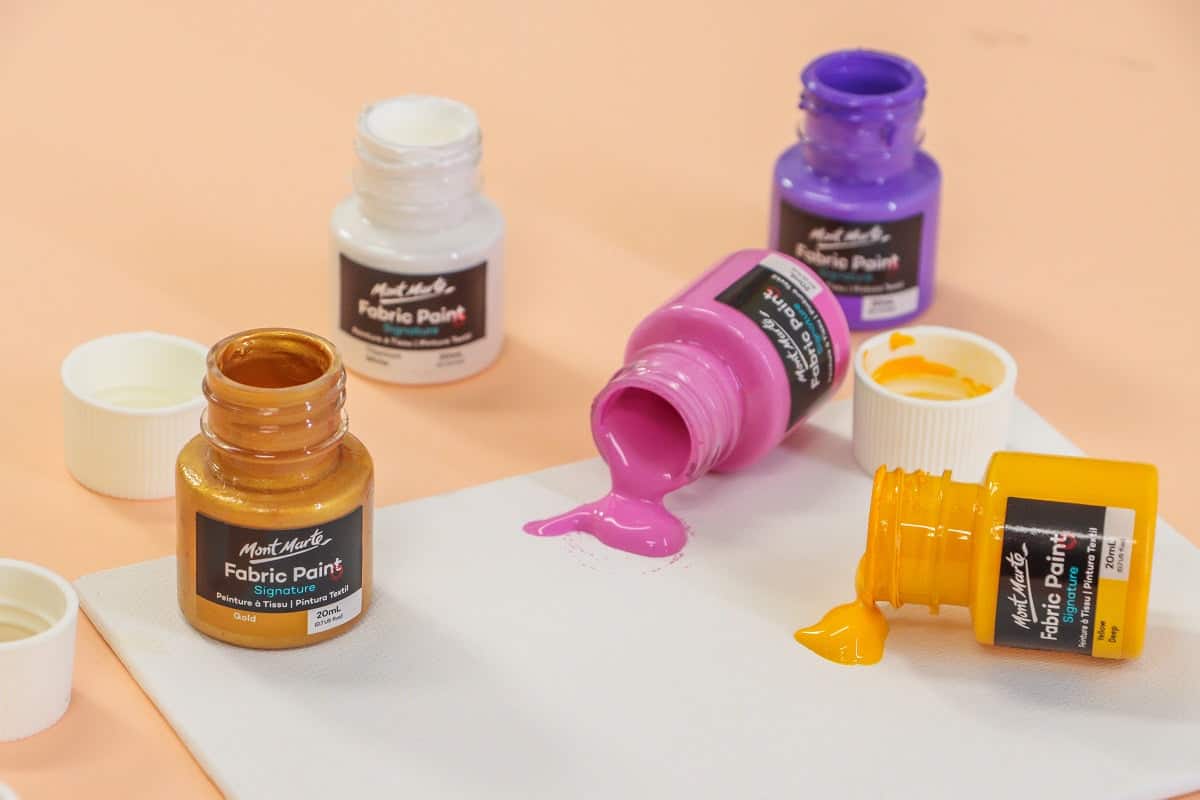Ultimate Guide to Using Fabric Paint for Creative Family Fun
Hello there, crafty parents! Are you ready to dive into the vibrant world of fabric painting with your family? Whether it’s a rainy day activity or you’re planning a special homemade gift, fabric paint can turn any plain piece of cloth into a masterpiece. In this guide, we’re going to walk you through the steps of using fabric paint so that you and your little ones can unleash your creativity on any fabric canvas!
What You Need to Know Before You Start
Before we break out the colors and brushes, let’s make sure we’re all set with the essentials:
- Types of Fabric Paint: There are many types of fabric paint available, including opaque, transparent, metallic, and glitter varieties. They all have different properties, so think about your desired effect before purchasing.
- Fabric Choice: While cotton and cotton blends generally work well for fabric painting, do consider experimenting with other types, like silk or denim, to see how the paint reacts.
- Pre-Wash Your Fabric: Always pre-wash your fabric to remove any residues that might affect how the paint adheres. This will help you start with a clean slate.
Getting Started: Setting Up Your Workspace
Organize your workspace to ensure that the magic of creativity is not hindered by any spills or mishaps:
- Protect Your Area: Lay down newspapers or a plastic sheet to avoid any stains on the table or floor.
- Choose the Right Brushes: Fabric painting can be done with brushes, sponges, or stamps. Thinner brushes are great for detail work, while wider brushes are perfect for filling larger areas.
- Practice Makes Perfect: Try painting on a piece of scrap fabric before you start your project to get a feel for the paint and brushes.
Step-by-Step Fabric Painting with Your Kids
Now let’s get down to the fun part: painting! Here’s a step-by-step process to ensure you have as much fun as possible while minimizing potential fabric painting hiccups:
Step 1: Pick Your Design
Choose a design that’s both fun and feasible for your children’s age and skill level. Stencils and pre-drawn designs can help younger ones achieve more detailed pictures.
Step 2: Secure the Fabric
Stretch and secure the fabric onto a flat surface using masking tape or an embroidery hoop. This will keep the fabric taut and make it easier to paint.
Step 3: Mixing Colors
If you’re planning to mix colors, do it beforehand in small jars or on a palette. Kids love mixing colors, and it’s an educational opportunity to teach them about color theory!
Step 4: Paint Application
Start with lighter colors and progress to darker ones. Remind the kids to use just enough paint on the brush and to paint with gentle strokes. This can help prevent the paint from seeping through to the other side.
Well, we’re just getting started, but so far, we hope this guide has brought a burst of inspiration for your family’s fabric painting adventure. Remember, it’s not about perfection; it’s about the fun and memories you create together while dabbing, brushing, and laughing!
Want to know more about fabric painting techniques, how to set the paint, and some fantastic project ideas? Stay tuned for the next part of our ultimate guide to using fabric paint for loads of colorful family fun!

Five Essential Tips for Preparing to Use Fabric Paint
As you gather your family around for a session of fabric painting, here are five key things to keep in mind for a smooth and successful crafting experience:
1. Understand Fabric Paint Curing
The process of curing fabric paint is crucial for the longevity of your designs. Most paints require 24 hours to dry and about two to three weeks to fully cure. Be patient and make sure your kids understand the importance of waiting for their artwork to set.
2. Test Fabric Compatibility
Not all fabrics are created equal when it comes to absorbing paint. Before starting your actual project, test the paint on a similar fabric swatch. This will show you how the paint adheres, spreads, and looks once it dries.
3. Prepare Your Applicators
Whether you’re using brushes, stamps, sponges, or even fingers, ensure that all tools are clean and ready for use. Have a container of water handy for washing brushes between colors, and keep a rag close to wipe up any drips.
4. Design Templates and Masking
To help kids get better results, use stencils, masking tape, or even freezer paper to create clear boundaries and crisp lines. This will keep the designs neat and boost their confidence in their painting abilities.
5. Safety and Clean-Up Supplies
Always use non-toxic fabric paints, especially when working with younger children. Also, have a strategy for clean-up. Keep wet wipes, paper towels, or a stack of old rags at hand, and teach your kids to clean as they go. A little preparation will make tidying up much easier once the fun is done.
With these preparations in place, your family is all set to explore the wonderful world of fabric painting. The key is to provide guidance while allowing your children the freedom to express their imagination through the strokes of their brushes. The laughs and smiles are just a bonus!
We can’t wait to share more with you. So, gather your family, pour some paint, and let your creativity soar. Enjoy every moment of this colorful journey as you bring a personal touch to everything from t-shirts to tote bags. Let the fabric be your canvas and the paints, the expression of your family’s unique story.
See more great Things to Do with Kids in New Zealand here. For more information see here
Disclaimer
The articles available via our website provide general information only and we strongly urge readers to exercise caution and conduct their own thorough research and fact-checking. The information presented should not be taken as absolute truth, and, to the maximum extent permitted by law, we will not be held liable for any inaccuracies or errors in the content. It is essential for individuals to independently verify and validate the information before making any decisions or taking any actions based on the articles.




